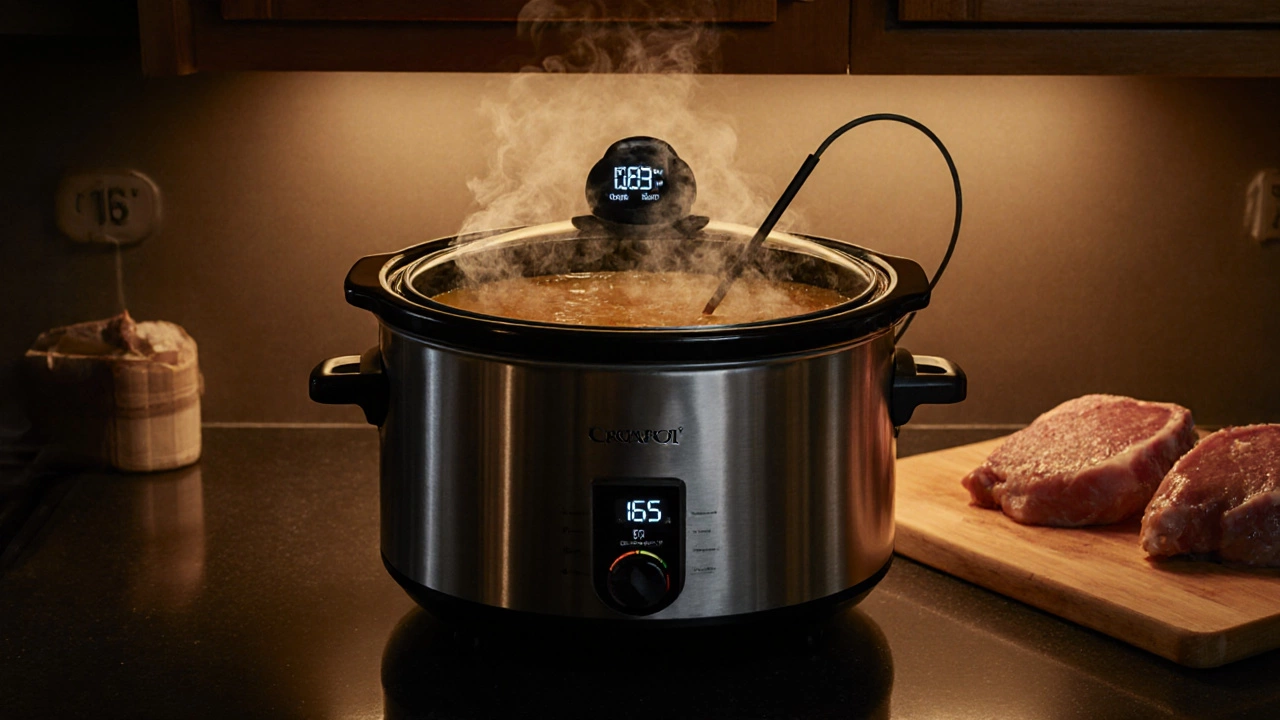Slow Cooker Low Setting: Mastering Low Heat Cooking
When working with Slow Cooker Low Setting, the low temperature mode on a slow cooker that gently simmers food over many hours. Also known as low heat setting, it helps break down tough fibers without drying out the dish.
Pairing the Slow Cooker, a countertop appliance that cooks food using low, steady heat with the low setting creates a safe zone for long cooks. This low‑heat environment requires patience but rewards you with Tender Meat, meat that falls apart easily because connective tissue has dissolved. The result is a meal that feels home‑cooked without the risk of burning.
Why the Low Setting Matters
The low setting encompasses gentle simmering, which means you can leave a pot on for 8‑10 hours and still get a tasty dish. It requires less liquid than a high‑heat roast because evaporation is minimal. At the same time, the low heat influences flavor development by allowing spices to meld slowly. That’s why many chefs use the low setting for stews, beans, and pulled meats.
One common worry is overcooking. While the low setting runs at about 190°F (88°C), meat can still become mushy if left too long. Understanding the balance between time and temperature helps you avoid the overcooking risk while still achieving that melt‑in‑your‑mouth texture. A good rule of thumb is to check for tenderness after the recommended cook time and then add short 30‑minute intervals if needed.
Another benefit is energy savings. Running a slow cooker on low uses far less electricity than an oven or stovetop. This makes it a smart choice for busy families who want a hot dinner without high utility bills. Plus, the set‑and‑forget nature frees up your kitchen for other tasks.
When you plan a low‑heat menu, think about ingredients that improve with time. Root vegetables, beans, and tougher cuts of meat all thrive. Adding a splash of broth or canned tomatoes early on gives the liquid a chance to thicken naturally. Herbs such as thyme or bay leaves release their flavor slowly, so you can throw them in at the start and keep the pot covered.
Below you’ll find a hand‑picked collection of articles that dive deeper into budgeting meals, preventing taste fatigue, and mastering specific dishes. Whether you’re curious about the science of low‑heat cooking, need quick dinner ideas, or want to avoid common slow‑cooker mistakes, the posts listed after this intro give you actionable steps and real‑world tips. Let’s explore the range of content that can help you get the most out of your slow cooker low setting.
How Long Can Meat Stay in a Crockpot on Low? Complete Safety Guide


